For my last ‘spooky’ review for October 2023, I will be reviewing a figure of the executioner wasp (Polistes carnifex), which was produced by Curatorial LLC for Brave Wilderness, a YouTube about animals and nature. I was first alerted to this figure by an STS forum member, and to be honest, before I was made aware of this figure, I had never heard of Brave Wilderness (then again, I don’t use YouTube for watching programs).
Classification: Insects
Giant Devil’s Flower Mantis (Bandai and Bandai Spirits)

I have decided to start my ‘spooky’ October blogposts with a trio of ‘diabolical’ insects! I am talking specifically about Idolomantis diabolica, commonly known as the Devil’s flower mantis or giant Devil’s flower mantis, one of the world’s largest mantids. It is native to the rainforests of East Central Africa, including Ethiopia, Kenya, Malawi, Somalia, Tanzania, South Sudan, and Uganda.
Small Tortoiseshell (Little Wonders by CollectA)
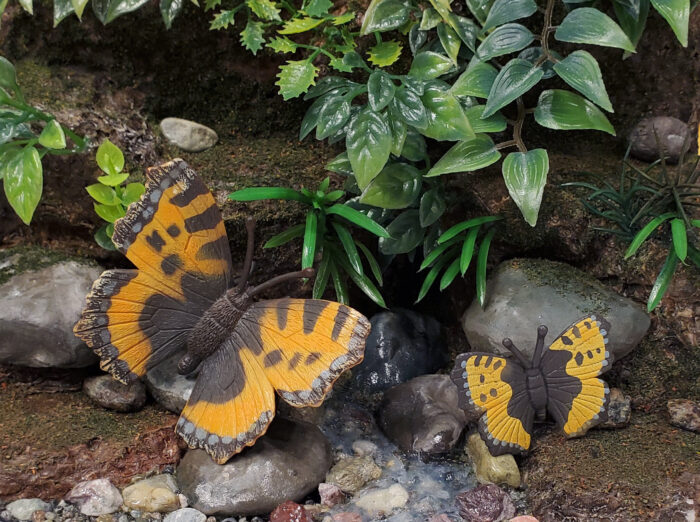
Having recently showcased CollectA’s small tortoiseshell butterfly (Aglais urticae) in my daily ‘Museum’ posts on the ATF, I thought it would be a good opportunity to review it for the Blog! I was contemplating just migrating over my forum walk-around, but I am not happy with those images, so I took new ones for a fresh review.
Life Cycle of a Monarch Butterfly (Safariology by Safari Ltd.)
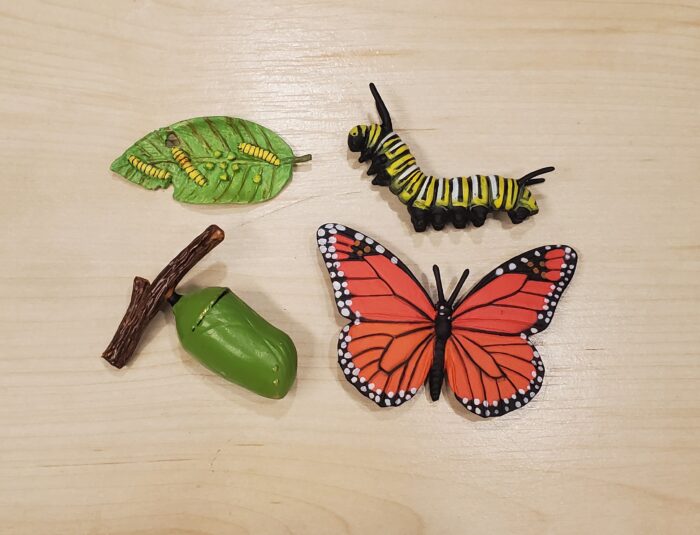
The monarch, Danaus plexippus, is probably the most commonly made species of butterfly. It’s been made by several major company, including CollectA, Safari Ltd (at least five times), Papo, and K&M International (at least twice), and is a common edition to insect and butterfly tubes, blister packs, and box sets ( couple examples on the Blog, here and here).
Bumble Bee (Garden Animals by Papo)
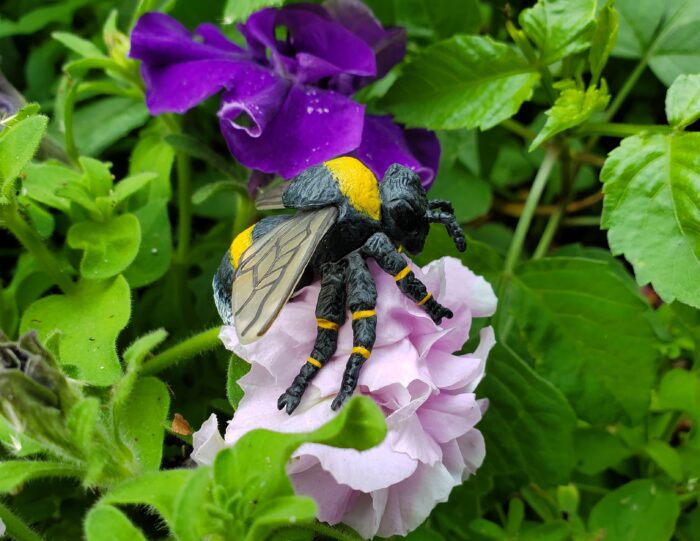
The genus Bombus, which includes the bumble bees, consists of over 250 species worldwide. They occur in most terrestrial habitats throughout the Americas and the Palearctic, but are absent in much of Africa, the southern Middle East, much of the Indian subcontinent, Australia, and New Zealand (although they have been introduced to the New Zealand and Tasmania).
Japanese Carpenter Ants (Revogeo by Kaiyodo)
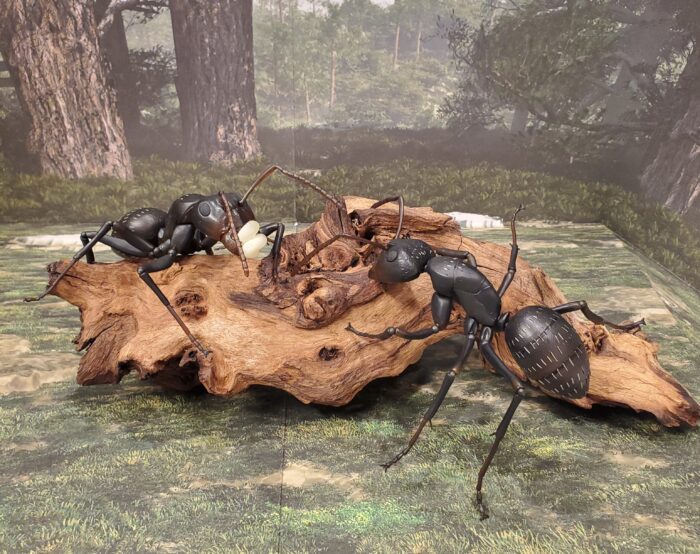
I am continuing what seems to have become a tradition of mine, which is to review the next Kaiyodo Revogeo arthropod. Today we are looking at a pair of Japanese carpenter ants (Camponotus japonicus) which were released just last month. I discussed the geographic distribution and biology of this species here the last time I reviewed the species, so for this review I will focus exclusively on the figures themselves.
Rose Chafer (Garden Animals by Papo)

Before I begin this review, I would again like to thank our friends at Happy Hen Toys who generously donated this review sample for the Blog!
Today I will be reviewing the European rose chafer by Papo, new for this year. When promo pics of this figure were first released, it looked to me like Protaetia cuprea, commonly known as the copper chafer.
Australian Continent TOOB (Safari Ltd.)

In addition to being a country, Australia is also a continent, but the continent of Australia is not just composed of Australia itself. The Australian continent includes mainland Australia, Tasmania, New Guinea, the Aru Islands, the Ashmore and Cartier Islands, and most of the Coral Sea Islands as well as a smattering of other islands.
Ladybugs (Diversity of Life on Earth by Bandai)

As if wasps, caterpillars, beetles, scorpions, ants, peacock spiders, mantids, and crabs weren’t enough, Bandai recently (early 2023) added a set of ladybugs (lady beetles) to add to their growing collection of arthropods in the Diversity of Life on Earth (DoLoE) line. And the set is part of their ‘Advanced’ line, which means better and more refined sculpts, better paint, and yes, of course, they are more expensive.
Honeypot Ant (Little Wonders by CollectA)
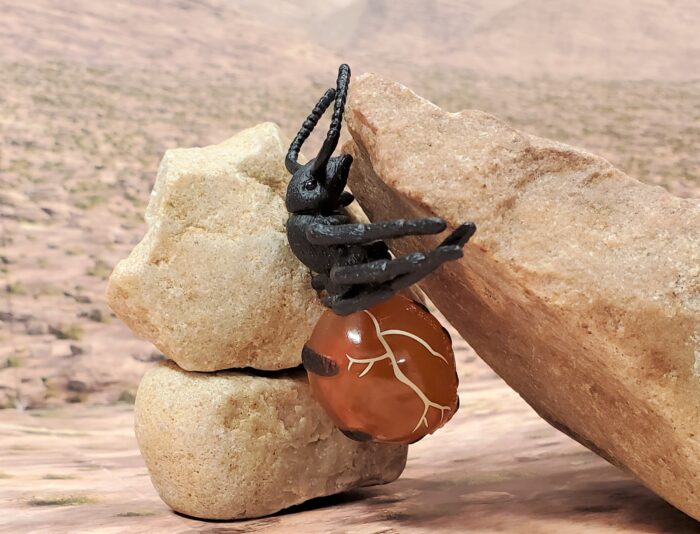
The term ‘honeypot’ ant is a common name given to multiple genera of ants that are best known for the replete, or plerergate, members of their caste system. Repletes are sterile works that serve as food reserves for when other food sources are scarce. The repletes hang from the ‘ceiling’ in special chambers of the nest and are gorged with food to the point their abdomens become greatly distended with honey.
Lobster Moth, caterpillar (Diversity of Life on Earth – Caterpillars Vol. 2 by Bandai)

For the most part, adult moths in the family Notodontidae (commonly referred to as the ‘prominents’) are relatively drab moths, at least in the Northern Hemisphere. There are exceptions, of course, but in general they are fairly non-descript (to the casual observer) brown and grey moths typical of those seen at a porch light on a warm, humid summer’s eve.





